Bird Migration
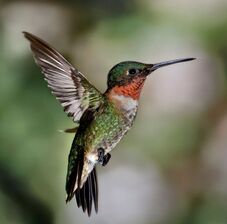
When I heard the flapping sound, I turned around immediately and prepared their food. In the article on “hummingbirds” on our landing page, you find that our recipe is one cup of sugar to one cup of water. Before they leave in September we are a bit more generous with the sugar to “fatten” them up. After bringing the mixture to a boil, we let it cool down and then fill the two glass feeders we have. Within the hour, two males took their first drink. We assume that we have again at least two couples.
You see immediately, how many miles birds travel to be with us during the summer:
Other studies have shown that geographic landmarks seem to aid in nocturnal bird migration as well. One study partially done in eastern NY State
(https://www.sciencedirect.com/science/article/pii/S0003347282802364),
found that migrating birds that were affected by wind drift, seemed to use the Hudson River to reorient their flight paths.
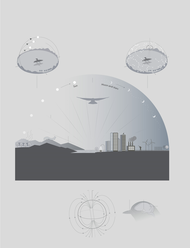 By National Geographic
By National Geographic 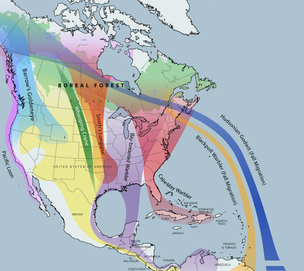 By Borealbirds
By Borealbirds Thanks to technical advances in weather radars and their dense deployment throughout the U.S., researchers are now unlocking many of the mysteries of how, when and in what numbers, birds are moving around the globe on their epic annual journeys. This has been particularly fruitful for analyzing nocturnal migrations and how large geographic obstacles like the Great Lakes in the north, affect their paths. (One finding was that although flocks would attempt crossings of the widest stretches of water at night, the breaking of dawn would show a rise in altitude of the flock- dubbed the ‘dawn ascent’, and a redirection of their paths to follow the shore lines, implying landmark assisted navigation).
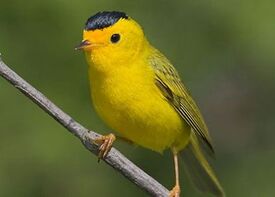 Blackcap warbler
Blackcap warbler Wohlleben also talks about the German blackcap warbler that has its winter quarters in Spain. In the 1960s, they found, however, another migration route that led to the United Kingdom. The reason is that the British are great bird lovers and feed the birds in their country so well that they no longer fly south. And the German blackcap warbler migrates to England now, which is considerably shorter than flying to Spain. They even have begun to change in appearance: their beaks are now longer and narrower and their wings have become rounder and shorter. Now it is easier to pick seeds and fat from feeders, and the wings are no longer suited for long-distance flights.
One might argue that this is an example of evolutionary natural selection at play. Or is it not, because human involvement seems to be the underlying cause? If these morphological changes lead to an identifiable new species over time, do we credit Darwin or human breeding? What do you think?
The concept implies a level of sophistication in conveying complex motives and behaviors to other- as yet naive individuals, that most people could not conceive birds of being capable of achieving.
Recent studies of bird behavior have shown that not only can some species of birds remember individual human faces, but also pass that knowledge of certain individual humans to avoid, to naive (Inexperienced) offspring. This would be considered a ‘culturally transmitted behavior’.
I suspect that as Artificial Intelligence (AI) is applied to these mountains of data, with the corresponding behaviors and audio frequencies directly compared, we will be be astonished at just how sophisticated animal communication really is. We are just- as yet, too ignorant to grasp its depth.
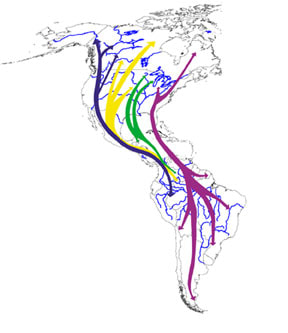
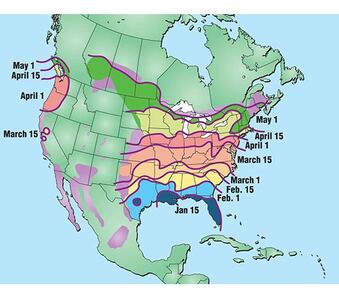
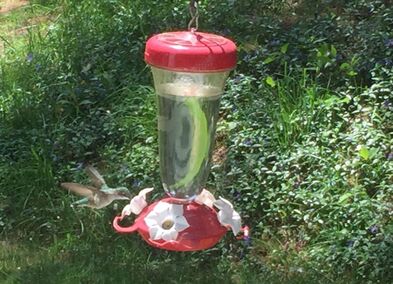
 RSS Feed
RSS Feed